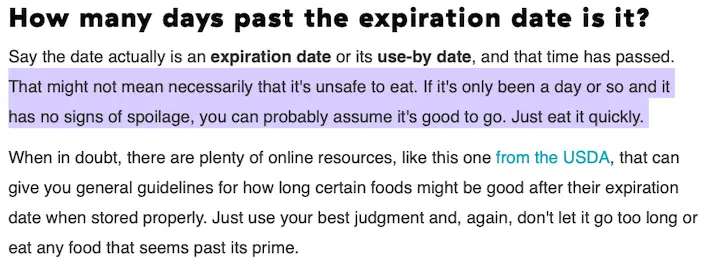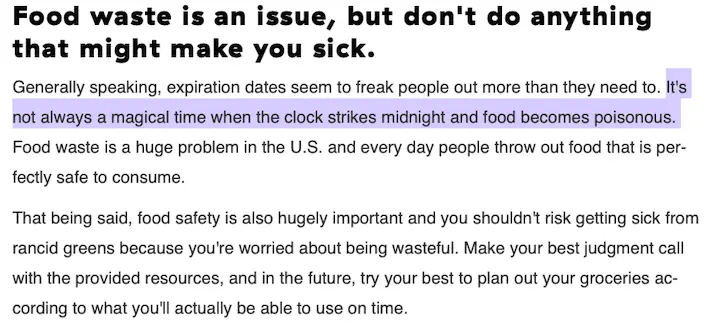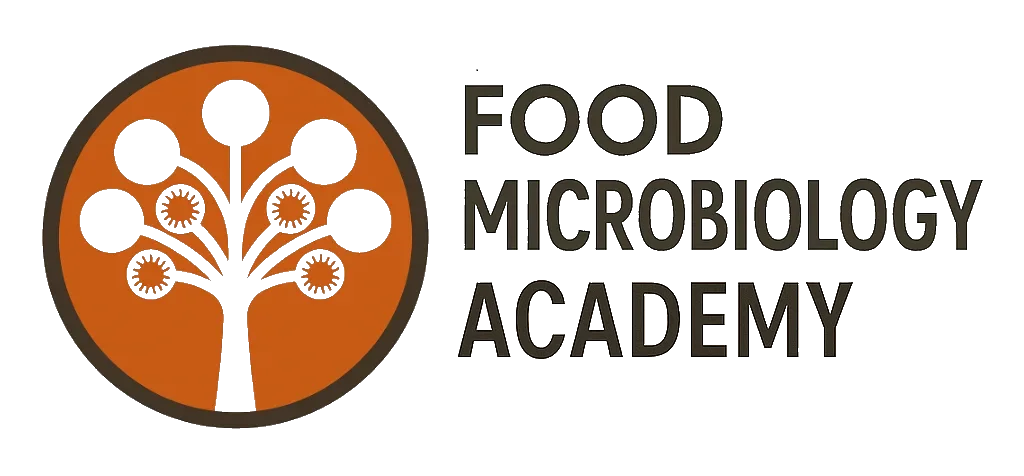Mainstream media certainly has a place to play in dissemination of information. However, I don’t believe the place or a role of mainstream media is to write about scientific topics of public health importance, giving advice and interpretation of various aspects that could result in a life or death choice. Such topics must be left to the professionals. The idea for this blog article came to mind when I was reading an article in delish dated 12 March 2021 (link below this paragraph), written by Kristin Salaky. Just to be clear, I don’t have anything against Kristin Salaky as a person (I had never heard of her until reading this article of hers) or her writing per se. She isn’t a food scientist, not even a scientist, so she can’t be blamed for the errors in her article. For the record, Kristin has a bachelor degree in journalism from Ohio University and her LinkedIn profile says she has “…a background in women’s and gender studies as well as health…”, yet she is writing on food science. The problem I have is that mainstream of generic publications for the general public have non-specialists with no real understanding or knowledge writing about topics that could result in a life or death choice – yes, it really is that serious! Let me take you through parts of her article and explain.
Yes, You Can Probably Eat Food (Slightly!) After Its Expiration Date — Delish

While it is certainly true that food past the Use By date might be safe to eat, the Use By date is there for a reason. The reason is to let you know the last date the food is guaranteed to be safe to eat. Yes, true, if it has only been a day or two past the Use By, then it could very well still be ok – I eat food past it’s Use By date, but I consider various factors in making that choice, and I have the benefit of professional understanding in food safety and experience. Therefore, for consumers, it is certainly not advisable to consume food past it’s Use By date, under any circumstances. Kristin goes on to say that if the food has no signs of spoilage, then you can make the assumption that the food is safe to eat. Unfortunately, she is confusing what is probably the most fundamental aspect of food safety and quality, and in the process, misleading readers, which could make a choice based on what she has written, with dire consequences. Firstly, I must say, she has it wrong – spoilage is unrelated to safety and if a food is not spoiled, that does not mean in any way, shape or form, that you can draw a conclusion about that food’s microbial safety. The two are independent from one another, not related at all. This is the reason why there are Use By dates (for food safety purposes) and Best Before dates (for food quality purposes). A food that is spoiled is almost certainly safe, albeit unpleasant, to eat. Spoilage microorganisms cannot make you sick. Foodborne disease comes from eating food contaminated with foodborne pathogenic microorganisms, or their toxins. These microorganisms or their toxins are present in such low amounts (yet can still cause disease) that you have no way, absolutely no way, or knowing if they are present or not. Think about, if people could tell if a food was safe to eat because of the way it looked or the smell of it, would people be getting a foodborne disease? If unsafe food smelled or looked bad or off, nobody would eat it and nobody won’t get foodborne disease. The fact is, unsafe food smells, looks and tastes normal, completely normal.

Again, the above extract from the article in question shows erroneous information. Curdled milk or slimy meat will be safe to drink/eat, but will of course be extremely unpleasant! So, I need to reiterate, if it look good and smells good, you can’t say that the food is probably safe, not by a long shot. Looking good or smelling good is no way related to the microbial safety of a food.

It is true that food won’t necessarily be unsafe on a specific date. For certain foods, as per the food regulations for that country, food manufacturers need to include a Use By date. However, it is a date that is selected with a margin of error included. Food waste is a problem, and many safe foods are discarded because they are passed their Use By date. While discarding food that is past it’s Use By date is what needs to be done, it does certainly result in a degree of unnecessary wastage of good food. As I’ve outlined, you cannot tell if a food is safe to consume or eat from how it looks or smells, so how can you? Well, it is a complex process and food safety professionals would use various factors to come to a conclusion in this regard.
If you want an question on Use By or Best Before dates, including if a particular food is safe or not, feel free to contact me directly for advice or an answer:
You can e-mail me: philip.button@foodmicrobiology.academy
Or get a (nearly) instant answer by contacting me on WhatsApp!



